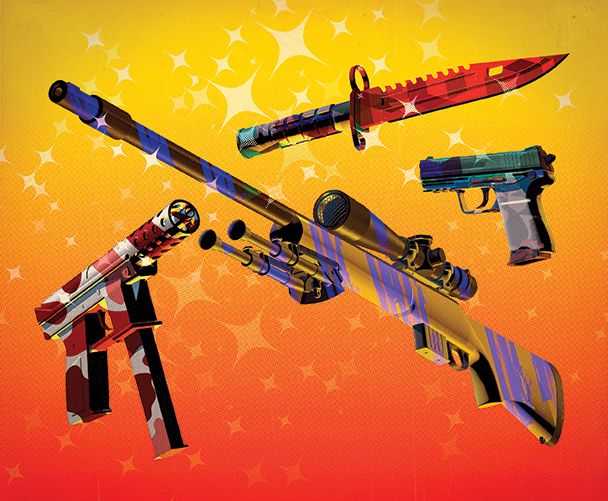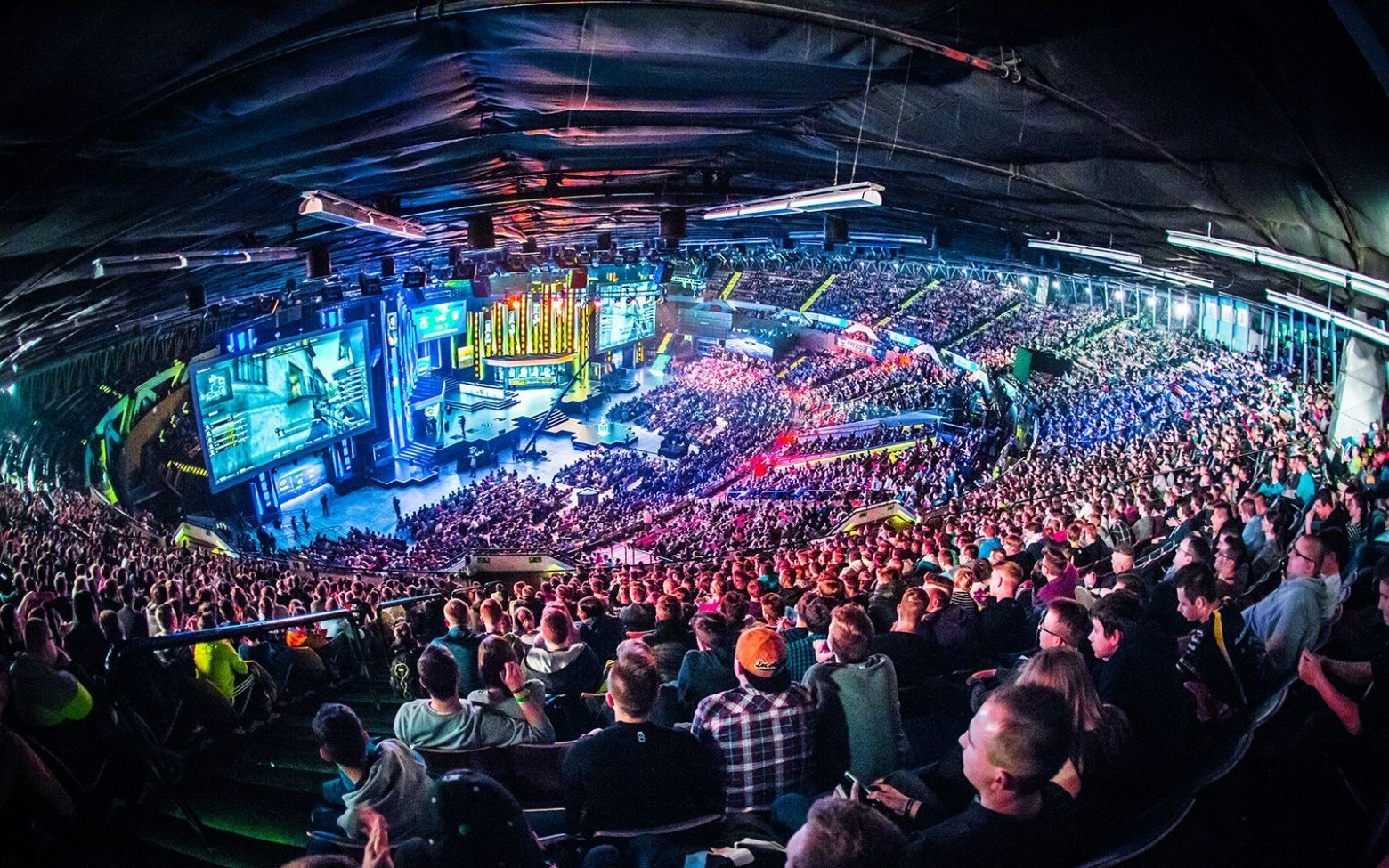The volume of rates skins CS: GO amounted to $ 5 billion per year

Despite the efforts of Valve and law enforcement, they could not manage to overcome the underground gambling market with stakes skins from the popular game CS: GO. A large article has been published in ESPN with a similar analysis of this illegal market.
Experienced betters know that the main betting sites were CSGO Lounge and Dota 2 Lounge , but after the last scandals with bets on some venues, this possibility was removed. For example, at the CSGO Lounge, now you can only put coins " for fun " or exchange items directly .
')
At the same time, the market continues to live. According to experts, last year the turnover of rates on it was about $ 5 billion. New sites come to the place of closed sites. Cash out skins and get real money is still real.
Skins is a purely cosmetic function in CS: GO, which appeared with an update of Arms Deal in August 2013. They are unique textures for weapons that the player can use instead of standard textures. Skins do not have any game function, although theoretically certain colors and textures can be used to obtain a small tactical advantage in some situations (camouflage).
On the official website of CS published a guide to creating skins . The client has an editor accessible via the console (~) by the
workshop_workbench command. The skins you create can be included in a shared directory.Most players prefer not to create camouflage themselves, but to buy skins. With such an asset, you can exchange it or cash out through betting sites. Many people do not buy skins for resale or betting, but just for Ponte.
According to Eilers & Krejcik Gaming and Narus Advisors analytical companies, about 40% of the total 5 billion market in 2016 were made by bets on the results of cyber sports and tournaments.
The player bets his skin on the victory of a team.

The remaining $ 3 billion was distributed among other gambling sites that accept bets by skins. This casino, roulette, slot machines, craps and other gambling.
According to ESPN, it is Valve’s open software interfaces that are to blame for making it so easy for kids to make bets on skins by exchanging them for game pieces of gambling sites. In the past, a similar conclusion was reached by the Washington State Gambling Commission, which demanded that Valve stop exchanging skins for game pieces .
Valve formally fights offenders, including disabling Steam accounts associated with underground sites where skins are accepted. Valve also sends out many threatening emails to these sites . In fact, the situation has really shifted from a dead end. Some sites have stopped working, while others have stopped the exchange of skins for gaming chips, as in the aforementioned CSGO Lounge.
ESPN tells a fascinating story of how this business was born, in which huge money is spinning now. The CS: GO game brought Valve to the first place in the world in sales of PC games and in many ways provided Gabe Newell's fortune at $ 4.1 billion (he owns more than 50% of Valve’s shares).

113 thousand spectators came to see the CS: GO tournament in Polish Katowice. Photo: Helena Kristiansson / ESL
The idea of the skins is not unique - it was already tested in the previous game Team Fortress 2, but in CS: GO the mechanics of buying and drawing of skins became more exciting. Having bought the key for $ 2.49, you can win a foolish skin for a couple of cents or rare for thousands of dollars.
Some of the skins acquired collection status. They are well recognized by many players, generating interest in the owner of the skin. As a result, people are willing to spend thousands of dollars on owning such collectible skins. ESPN tells the stories of schoolchildren who spent thousands of dollars on their father's credit cards to buy keys for $ 2.49 to draw a coveted, rare skin in the lottery from Valve. In fact, this is a gamble inside the game interface. The only problem is that you can not withdraw the winnings. Obtained after the sale of the skin on the game exchange coins can not be exchanged back into dollars. Third-party betting sites provide this feature.
Thanks to the open API, these skins can be exchanged outside the game. With a certain real value, skins began to be used in money games on gambler sites. And from there you can make cashing. For example, you can sell skins through the OPSkins platform, where there is not even a limit of $ 400 set in Steam. From this site, funds are cashed through Bitcoin or PayPal ( instructions for withdrawal of funds ).
The problem is that on gambler sites and even on Steam it’s almost impossible to identify a player’s age, so millions of children and teenagers who played CS: GO were involved in gambling for money. The market has grown to such an extent that it has attracted the attention of regulators.
Children plunge into the world of gambling through the purchase of skins and bets on the results of eSports matches: “Children become ludomans at the age of 13, trying to finish off the rarest skin,” says New York lawyer Ryan Morrison, whose law firm specializes in video games. . Parents tell stories how their children invent ingenious ways to withdraw money from their parents' cards and transfer them to their Steam account (open a PayPal account, tie a card to it and register a new payment method on Steam).
When children play computer "shooters", many parents do not even suspect that in this simple game you can somehow spend thousands of dollars. Playing in an online casino, children do not even realize that winning there is impossible over long distances.
Then return the money and lost skins will be difficult even with the help of a lawyer.
Source: https://habr.com/ru/post/400897/
All Articles